Cloud Soup: Poems for Children
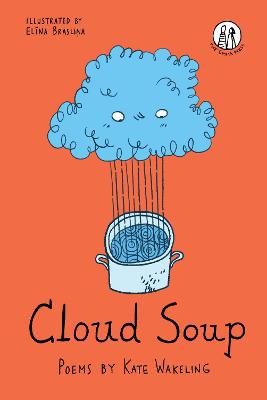
By Author / Illustrator
Kate Wakeling, illus Elina Braslina
Genre
Poetry
Age range(s)
9+
Publisher
The Emma Press
ISBN
9781912915743
Format
Paperback / softback
Published
15-07-2021
Synopsis
Bake a weird cake, pay a visit to the Deep, and get some inspiration for your very own word hoard! Anything is possible in the world of Cloud Soup, Kate Wakeling's breathlessly imaginative collection of poems for children. Quieter poems sit alongside riotously funny ones in this sequel to Moon Juice. Readers are encouraged to look more closely at clouds, water, dust and trees, and to reflect on the knottier areas of life.
'Limpidly welcoming and profoundly meaningful, some of these poems, on subjects from weird cakes to good ideas, bodies, dust and Antarctica, will surely stay with their enthralled readers for ever' - The Guardian
Reviews
Alison
I'll start with Kate Wakeling's final poem in Cloud Soup: 'Free' (p. 94). Spread horizontally across two pages, simply structured with the repetition of 'and we will', it made me laugh, It made me thoughtful and it brought a tear to my eye: emotions that ran through my reading of this powerful collection.
In a neat move, the opening poem 'Some Other Names for Rain' (p.1), also uses a repeated phrase ('I call you…') as its structuring device. It gives the anthology its name: 'I call you the eyelash rinser / and window-pane racer. / I call you cloud soup. /' On no account should you miss Elina Braslina's delightful accompanying illustration of a cheerful cloud pouring rain into soup pots! Wakeling writes beautifully, conjuring up unusual images and ideas: rain is also an 'umbrella summoner' and 'a brigade of micro water bombs / having a skirmish with the lawn'.
Equally thought-provoking - hilariously so - is 'Paean (or Eleven Uses for a Garden Pea), (p.19). It's hard to choose between 'Frog Football' or 'Trainee Lime'. And look out for Braslina's depiction of a grasshopper loading a cannon for 'Cannonball tester for Grasshopper Army'. More laugh out loud stuff with 'I just have a few questions' (p.59) with each one invoking its own mini-narrative: 'So how long do you think it's been living in your rucksack? / Wouldn't that be easier with a spoon?' and my personal favourite 'Did you forget about the pirates again?' perfectly complemented by Braslina's depiction of a rowdy motley crew outside flat 35b with two small children peering nervously round the door.
Yet again, Braslina's spiky illustrations are perfect for 'Stick Insect' (p.7). As a teacher, stick insects were the only living creatures ever given space in my classroom so this is a personal favourite: 'Spiny climber, / motionless muncher, / stickler for a really good / stick/.'
Simply told, deeply felt, 'Grandma and the Sea' (p.47) evokes the profound relationship between emotion and a sense of place: 'But when I'm near a cold sea / I make sure to think of her. / I think about the glitter and sting of salt water./ And I swim in it.//'
There are poems that invite further inquiry and curiosity. Take '13 slippery facts about Antarctica' (p.45) or 'The Water in the Glass you are Holding Right Now' (p.21).
The book concludes with the editor's suggestions of some ideas for children to write their own poems using Wakeling's as a springboard. As well as these suggestions, I was struck by how wonderful it would be for children to look at Chagall's Blue Circus and read 'I am looking at this painting called Blue Circus by Marc Chagall' (p.38). The observation and description offer a powerful model for children's own writing from a great work of art.
Emotionally agile and linguistically deft, the sheer range of this collection is stunning. It's a worthy contender for the CLIPPA prize albeit in what is a very strong field indeed.
112 pages / Reviewed by Alison Kelly, consultant
Suggested Reading Age 7+
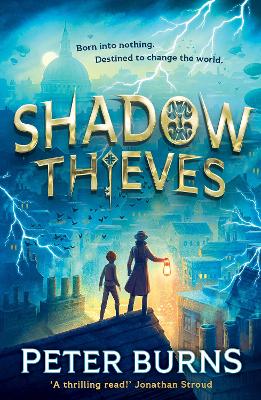 Shadow Thieves (Shadow Thieves, Book 1)
Shadow Thieves (Shadow Thieves, Book 1)
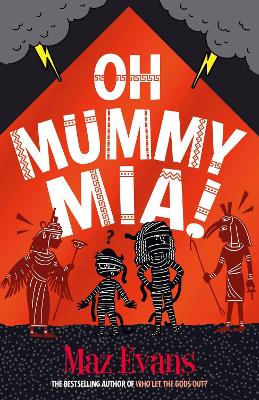 Oh Mummy Mia!
Oh Mummy Mia!
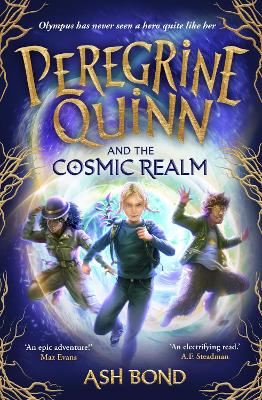 Peregrine Quinn and the Cosmic Realm: the first adventure in an electrifying new fantasy series!
Peregrine Quinn and the Cosmic Realm: the first adventure in an electrifying new fantasy series!
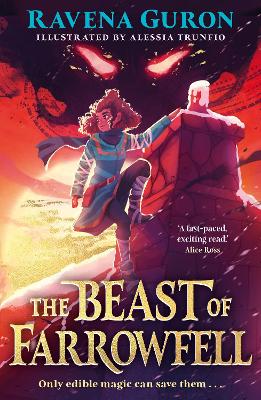 The Beast of Farrowfell
The Beast of Farrowfell
